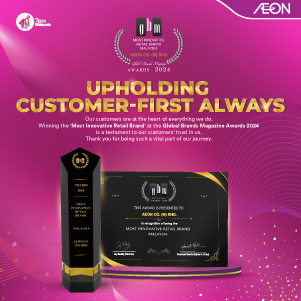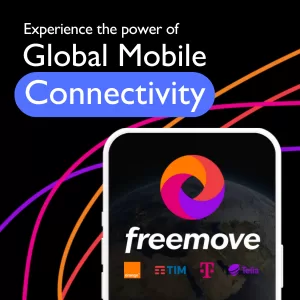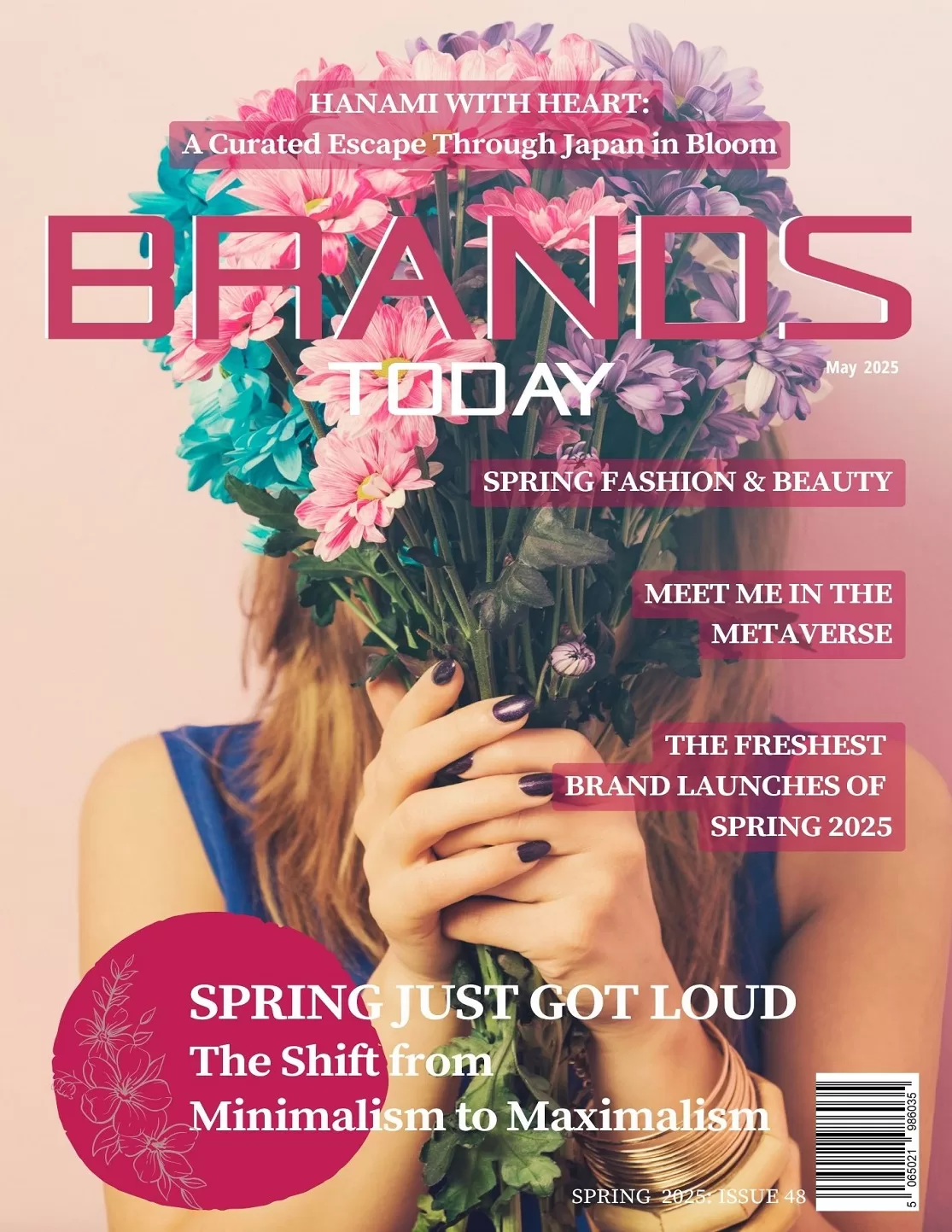Brand Strategy
The Power of Hyper-Personalisation in Retail: Strengthening Customer Loyalty and Engagement

- A human-centred, rigorous approach is emphasised during development, which contrasts starkly with AI solutions.
- Nonetheless, it appears that clues buried within the syntax ternary have higher perplexity and lower burstiness than the rules taken in isolation.
In the ongoing world of retail, and with the increase in competitiveness, personalisation to the individual customer is no longer a choice. With the constant problem of fraud and competition, retailers are responding to this context by perfecting individual interactions to enhance customer satisfaction and retain them, in essence driving growth.
Meeting Consumer Expectations for Personalisation
Consumers now want personalised retail experiences. This requirement has given rise to state-of-the-art retail experiences in which intents, chatbots, smart product recommendations, and smooth customer care are common elements. However, creating this sort of personalisation requires a powerful investment in technology, particularly in data architecture and machine learning skills.
When executed effectively, hyper-personalisation offers immense rewards to retailers: these include increased customer satisfaction, higher average order values, and increased loyalty to the brand, all of which are the driving forces behind continued success in business. The way to produce a presentation that speaks to the customer, in addition to providing appropriate proposals that point to the staying power and loyalty of the customers and provide good customer service. These kinds of factors foster trust, establish relationships within the field, and help in sustainable growth in the bustling industry.
Post-Purchase Experiences and Trust Building
Usually, the post-purchase experience is not considered in personalisation aspects. However, it plays a significant role in fostering trust and brand loyalty. Today, artificial intelligence (AI) is creating a revolution in this stage because it can identify potential issues, such as delays in shipping, in advance through predictive analytics so that they can first be avoided before developing an adverse effect on the consumer. This model, thus, nurtures confidence in consumers and increases brand loyalty.
AI-powered models, especially transformer-based models, stand out here. These models are excellent for processing and producing human-like language and therefore are invaluable in post-purchase conversations. They can work well in sentiment analysis, personalised recommendations, fraud detection, and digitally orchestrating the customer journey. In the process, brands can create an elevated customer experience and put their customers on the fast track to repeat business.
The Rise of Hyper-Personalisation in the Industry
Hyper-personalisation has very much become commonplace in the retail industry. Recommendations based on broad demographic data or past purchase history are a thing of the past. Nowadays, more data points are taken into account by retailers while personalising unique experiences that cater to each customer.
A study carried out recently showed that 44% of consumers find personalised offers very pertinent to their needs. This type of marketing fosters satisfaction and influences the buying behaviour of customers, especially millennials, who need more personalized shopping experiences. 41% of millennials will shift to a different store if offered better personalisation, with other generations following up.
How to Build Strong Customer Loyalty
As consumers increasingly demand personalisation, brands are now heavily banking on post-purchase interactions for more customer loyalty. Retailers like Amazon and Walmart are using customised post-purchase e-mails to enhance the overall customer journey, while Sephora is offering AI-powered chatbots for real-time support, ensuring that customers feel valued throughout their whole experience.
Besides that, continuous feedback loops, exclusive offers, and less fragmented returns are some essential ways by which brands can increase loyalty across their consumers. Zappos and Peloton have chosen to prioritise consumer control over satisfaction via ease of return policies and continual interaction, while Nike and Lululemon forge emotional connections within the company by engendering community ties. Customer Satisfaction Superintendence is not only improving customer retention but also demonstrating their competitive edge in the market.
This is a fundamental change in the way brands engage with their customers. Hyper-personalisation is no longer a trend; with the right technologies and strategies, brands can deliver truly sharp experiential encounters that differentiate them, which drive endless loyalty, skyrocketing sales, and lifelong relationships with consumers. As per the change in customer expectation, the retail experience keeps unfolding a key to personalized and frictionless engagements, which offers the real basis for success in the field.




















































